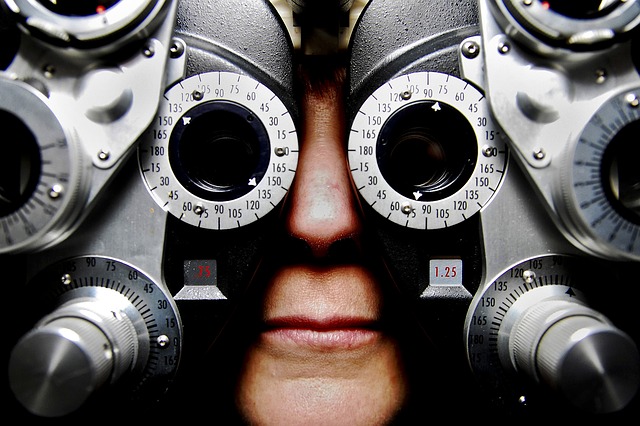Is a 'Cure' for Blindness Worth $1 Million?
By Sarah Zhang,
The Atlantic
| 12. 27. 2017
Some blind people are questioning how the first gene therapy to treat inherited blindness has been valued.
Among blind people, says Kim Charlson, asking if you’d prefer to see always starts a lively debate: “Every opinion is going to be different.” Charlson, who lost her sight at age 11 and now is president of the American Council of the Blind, says she would hold out for full color vision. Others might settle for seeing in blurry black and white. And yet other blind people might have no desire to see at all.
For a small number of blind people, this hypothetical question recently become a real one.
Last week, the Food and Drug Administration approved Luxturna, the first gene therapy to treat a specific form of inherited blindness called Leber’s congenital amaurosis. In fact, it’s the first gene therapy to treat any inherited disease at all. The news has been universally hailed as a scientific breakthrough. But its stratospheric cost—potentially $1 million per patient—has provoked hard questions about the value of the ability to see, especially if its...
Related Articles
By Josie Ensor, The Times | 12.09.2025
A fertility start-up that promises to screen embryos to give would-be parents their “best baby” has come under fire for a “misuse of science”.
Nucleus Genomics describes its mission as “IVF for genetic optimisation”, offering advanced embryo testing that allows...
By Tina Stevens, CounterPunch | 12.11.2025
Silicon Valley and other high tech billionaires are investing millions in start-ups dedicated to creating genetically engineered (GE) babies, according to a recent Wall Street Journal (WSJ) report. AI mogul Sam Altman, cryptocurrency entrepreneur Brian Armstrong, venture capitalist Peter...
By Simar Bajaj, The New York Times | 11.27.2025
A common cold was enough to kill Cora Oakley.
Born in Morristown, N.J., with virtually no immune system, Cora was diagnosed with severe combined immunodeficiency, a rare genetic condition that leaves the body without key white blood cells.
It’s better...
By Vardit Ravitsky, The Hastings Center | 12.04.2025
Embryo testing is advancing fast—but how far is too far? How and where do we draw the line between preventing disease and selecting for “desirable” traits? What are the ethical implications for parents, children, clinicians, and society at large? These...




